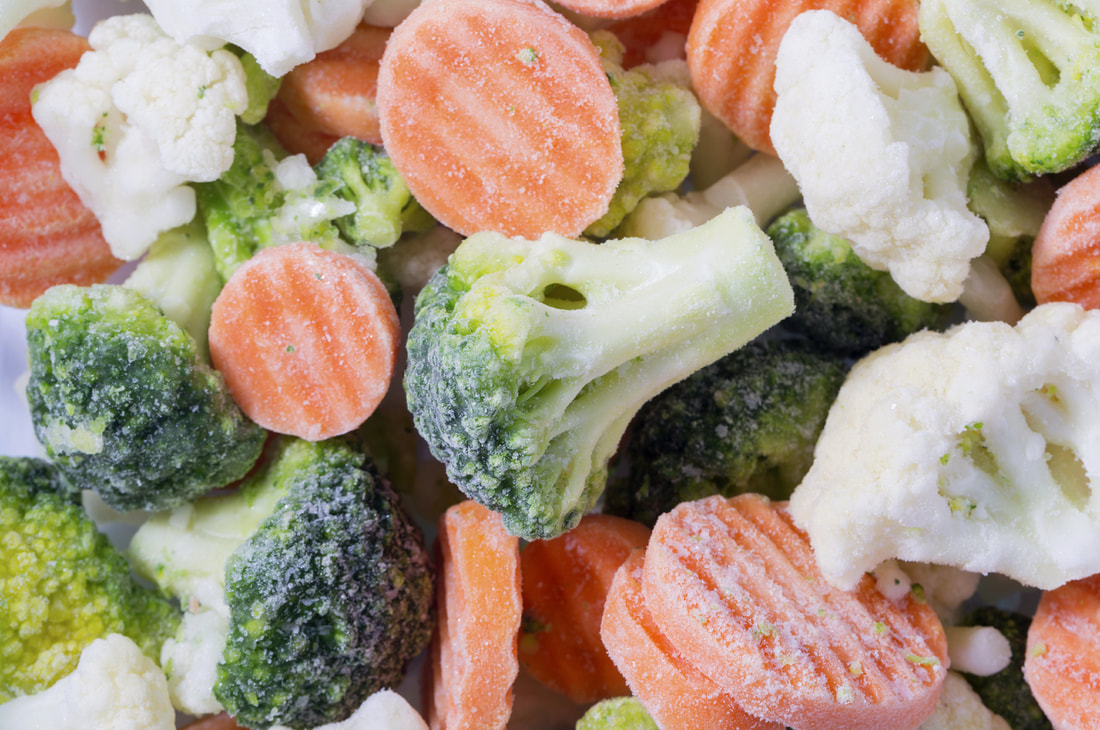Frozen Processed Food; Food Products Preserved Under Low Temperature and Used Over A Long Period7/14/2022 Processed food includes food that has been cooked, canned, frozen, packaged, and/or changed in nutritional composition with fortifying, preserving, or preparing in different ways. Freezing preserves food from the time it is prepared to the time it is eaten. Frozen food processing is the process of altering cooked food or ingredients and freezing it at recommended temperatures. They are easy to prepare as compared to fresh food and hence are gaining popularity across the globe. Frozen processed food control the microbial growth and retain the quality of processed products over long period. These products are stored under certain temperatures to maintain their quality. Frozen processed food is considered as healthy and natural food product.
The Frozen Processed Food Market was valued at US$ 60.12 billion in 2016 and is expected to expand at a CAGR of 4.0%, in terms of revenue, over the forecast period (2017 – 2025). The frozen processed food industry is one of the fastest growing industries in the U.K. This is mainly due to the ever increasing demands from the people for nutritious, cost effective, and ready to eat food. Frozen processed food products are preserved under certain temperature and used over a long period. Food processing involves transformation of raw agricultural products into processed food, or from one type of processed food to another type. Processed food is used to replace the natural diet that people have and is made in huge quantities for profit. Processed food also accounts for much of the weight loss and diet control efforts of people who want to lose weight and are trying to eat healthier. Frozen processed food is defined as food products that are preserved under low temperature and used over a long period. Frozen foods retain their minerals and vitamins and there is no change in protein, carbohydrate, and/or fat content. Frozen foods, in some cases, contain more minerals and vitamins compared to fresh foods, as they lose minerals and vitamins over time while freezing preserves the nutrients. Food product properties of interest when considering freezing include thermal conductivity, specific heat, enthalpy, density, and latent heat. Frozen food is food that has been processed and stored without cooking. While there are many great benefits to eating frozen food, it does come with some risks and disadvantages as well. Some frozen foods contain large amounts of trans fats, which can not only clog the arteries but also make the user prone to heart diseases. Frozen food may also increases the cholesterol level of the body, which in turn leads to many heart related problems. Thus, it is important to know what the benefits and drawbacks are. Although, frozen foods are marketed to be healthy and nutritious but the fact is they can harmful for the body. Processed food has a bad reputation as a diet saboteur. It's blamed for obesity rates, high blood pressure and the rise of Type 2 diabetes. Moreover, frozen food has a long shelf-life; however, due to lack of infrastructure, the product is wasted easily leading to the loss for frozen food manufacturers. Freezing is an effective way to keep it fresh from the time it is prepared until the time the food is served. The freezing process itself does not destroy nutrients, there is little change in nutrient value during freezer storage. Ultra-processed foods tend to taste good and often inexpensive. However, they usually contain ingredients that could be harmful if consumed in excess, such as saturated fats, added sugar, and salt.
0 Comments
Leave a Reply. |

 RSS Feed
RSS Feed
